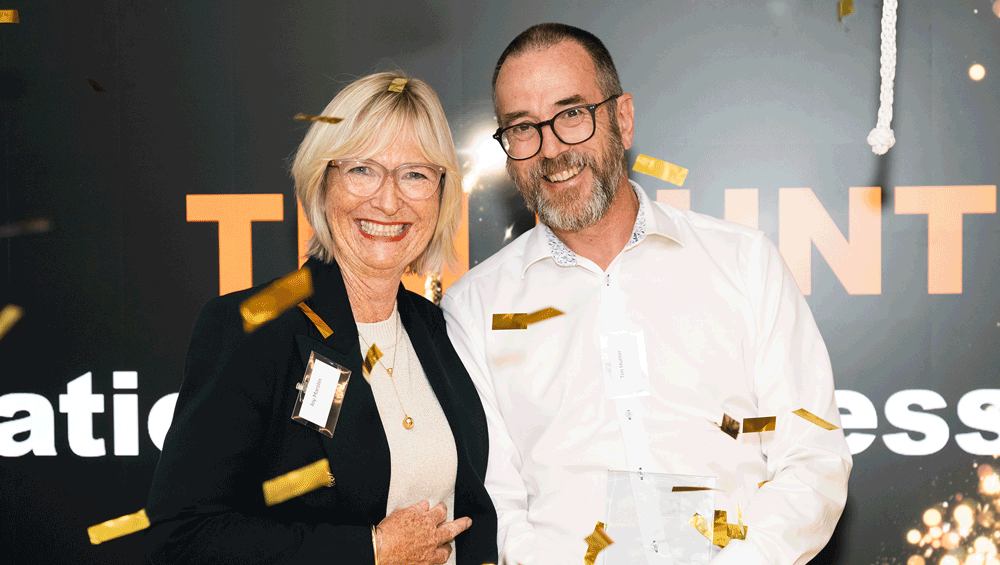On a construction site in Gananoque, Ont., Horizon Legacy is embracing technology to build more efficiently. At a building site in Eastern Ontario, a developer is speeding up the construction of housing units with the help of a new, bulky team member: a robot known as Val 2.
0. Over years of brainstorming and testing, Horizon Legacy Construction Automation Corp. has adapted a robotic arm – the type used on auto assembly lines – to erect concrete-like walls with speed and precision.
Now, the robot is being used on its first project: 26 rental townhouse units in Gananoque, just east of Kingston. Horizon Legacy CEO Nhung Nguyen at the construction site in Gananoque, Ont., where her company is building a housing development.
Nhung Nguyen, the chief executive officer of Horizon Legacy, said the Toronto-based developer is taking inspiration from other industries, which have embraced technology to become more efficient. Construction could certainly use a jolt of innovation. Labour productivity in the sector – or output per hour worked – has plunged below levels seen in the 1990s, according to Statistics Canada.
This lacklustre output is a major headwind for Canada, which is hoping to build millions of homes to alleviate an affordability crisis. But without the tools to build more efficiently, the country’s home-building ambitions could amount to a pipe dream. “There’s a big productivity issue in Canada right now, especially in construction,” said Ms.
Nguyen. “To solve that, we can’t push people to do more than what they’re already doing. The only way to do that is to use machinery and equipment and smarter tools.
” Horizon Legacy, which was founded in the 1950s, began considering the idea of using on-site robotics in 2020. The company started an innovation lab last year, where engineers and technicians are exploring how to automate the construction process, and a third version of Val is under development. Horizon Legacy has employed a type of robotic arm used on auto assembly lines to erect concrete-like walls with speed and precision.
Its first project is a 26-unit townhouse development in Gananoque, Ont. To build a wall, the robot extrudes a grey, mortar-like substance in precise layers, which harden over hours. The material is a proprietary, in-house mix that meets provincial building standards for strength and other factors.
When in action, the robot looks like it’s icing a massive cake. The company refers to the material as “sort of like a Betty Crocker mix. That’s what it is, a cake mix for housing,” Ms.
Nguyen said. “It’s not something you’re gonna buy from Home Depot,” added Roberto Giugovaz, a construction manager at general contractor Buttcon East Ltd., who worked on early stages of the Gananoque build.
After Val's work is complete and the material has hardened, Fred Wrightly examines sections of the wall. He is one of only five people working alongside Val, as compared to the much larger crews needed on traditional construction sites. Horizon Legacy started using Val to build the exterior walls in early October, and that work is slated to wrap next month.
Val is responsible for the first floors; traditional building methods will be used for the second levels. By going this route, the company is able to reap major productivity gains. A wall that uses brick on the exterior, wooden framing and drywall on the interior would require three sets of skilled workers, each working at different stages in the build.
Around 20 tradespeople would be needed for this aspect of the construction project, Mr. Giugovaz said. But only five people work alongside Val – most are tasked with running the robot – and the walls are built at once, not in stages.
Ultimately, less labour is needed and the work gets done faster. “We’re taking a lot of the manual labour out in this process,” said Ms. Nguyen.
The residential construction industry is beset by weak output, relative to Canada’s soaring population growth and housing needs. Last year, the country added roughly five residents for every housing unit that broke ground. There are many explanations for why construction is constrained, including excessive red tape in permitting processes and heavy restrictions on what can be built where.
If resources were used more effectively, Canada could break ground on more than 400,000 units annually – much higher than 240,000 actual housing starts in 2023, according to a Canada Mortgage and Housing Corp. article published in May. The federal housing agency has noted that the construction industry is highly fragmented, with most businesses employing fewer than five people.
“Low market consolidation hinders investment in R&D and efficient recruitment, training, resource allocation and project management,” read a separate CMHC report . Horizon Legacy says it has invested millions of dollars to develop its robotics – something beyond the ambitions and financial realities of many companies in construction. Beyond productivity, Ms.
Nguyen said another reason to invest in automation is the impending retirement of thousands of skilled workers. Her aim is to transfer knowledge from those workers to machines, which can be operated by technicians, who ideally can be trained within months. (For now, Val is operated by a small team of highly educated engineers.
) The housing project is scheduled for completion by the fall of 2025. Eight of the 26 units will be rented at affordable rates, based on a CMHC calculation that takes local incomes into account. Horizon Legacy chose to develop this project in Gananoque – a town of roughly 5,400 residents – in part because land costs were much cheaper than in the Greater Toronto Area.
“We’re doing this to really break ground,” said Ms. Nguyen. “We don’t have enough people to do all the work that needs to be done, to build all the things that we need to build.
And so without a fundamental change, I don’t think we can solve that issue.”.
Business
Ontario developer hopes new house-building robot can alleviate industry’s productivity woes
For a rental housing project, Horizon Legacy is deploying Val 2.0 – a robot that took years, and millions of dollars, to develop













